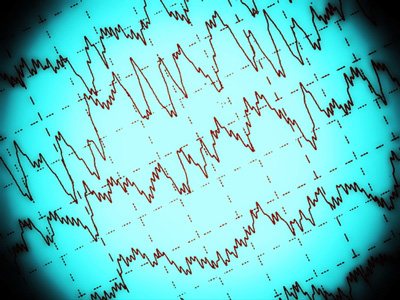Scientists discover a switch associated with epileptic seizures
Posted: 27 October 2015 | Victoria White
If the researchers blocked a central switch in epileptic mice, the frequency and severity of the seizures decreased…


Scientists have decoded a central signal cascade associated with epileptic seizures.
If the researchers, from the University of Bonn and the Hebrew University of Jerusalem, blocked a central switch in epileptic mice, the frequency and severity of the seizures decreased.
Approximately one out of every 20 people in the course of his or her life suffers an epileptic attack, during which the nerve cells get out of their usual rhythm and fire in a very rapid frequency. This results in seizures. Often, a seizure disorder develops after a delay following transient brain damage – for example due to injury or inflammation. So-called ion channels are involved in the transfer of signals in the brain; these channels act like a doorman to regulate the entry of calcium ions in the nerve cells.
“It has also been known for a long time that following transient severe brain injury and prior to an initial spontaneous epileptic seizure, the concentration of free zinc ions increases in the hippocampus. But science has been puzzled about the significance of this phenomenon,” says Professor Dr Albert J. Becker from the Institute of Neuropathology of the University of Bonn.
Discovery could lead to new treatment options for epilepsy patients
The team have now decoded a signalling pathway which is involved in the onset of a seizure disorder. If the number of zinc ions increases following transient severe brain damage, these ions dock in greater numbers onto a switch, the so-called metal-regulatory transcription factor 1 (MTF1). This leads to a large increase in the amount of a special calcium ion channel in the nerve cells and overall, this significantly boosts the risk of epileptic seizures.
The scientists demonstrated the fact that the transcription factor MTF1 plays a central role in this connection using an experiment on mice suffering from epilepsy. “Using a genetic method, we inhibited MTF1 in the epileptic mice and as a result, the seizures in the animals were much rarer and weaker,” says Dr Karen M.J. van Loo who is conducting research in the team working with Professor Becker.
The scientists hope that new treatment options will open up for epilepsy patients as a result of their discovery. “About one-third of patients with temporal lobe epilepsy do not respond to medications. Our research is therefore increasingly focusing on new therapeutic options that have few side effects,” states Professor Becker. If the zinc ions or the transcription factor MTF1 were specifically inhibited in the brain, it is possible that the development of a seizure disorder could be prevented.
Related conditions
Epilepsy
Related organisations
Hebrew University of Jerusalem, University of Bonn



